‘A Time ⋅ A Place’ is a lovingly compiled photographic portrait of cars and architecture
‘A Time ⋅ A Place’ is a celebration of the European Car of the Year and changing perceptions of modern design, pairing the best buildings of the age with their automotive contemporaries

Cars and architecture can be an awkward pairing, for the latter has all too often been bent out of shape to accommodate the former. But as plenty of back issues of Wallpaper* will attest, when you get it right, the combination of forms makes for a perfect picture.
That’s the thinking behind A Time ⋅ A Place, a new monograph from architectural photographer Daniel Hopkinson and architect John Piercy Holroyd. Subtitled ‘An exploration of automotive and architectural design’, it is also designated as Volume 1, covering the years 1964 to 1982.
‘A Time ⋅ A Place’: flicking through the book
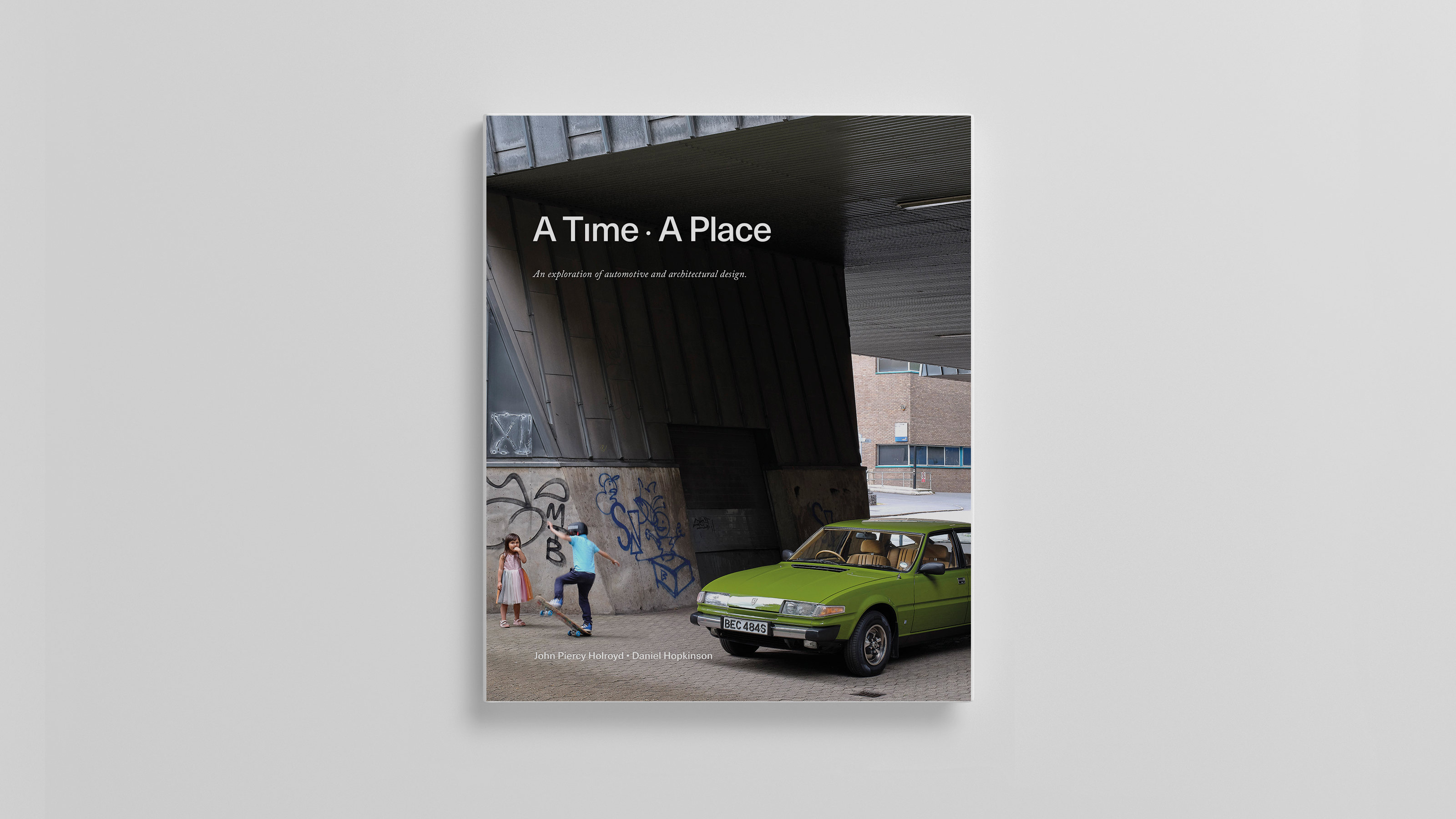
Sports and Recreation Centre, Coventry and the Rover SD1, 1977, from A Time ⋅ A Place
For this is a monograph with a very specific brief: to capture the winners of the prestigious European Car of the Year (ECOTY) Award since its inception in 1964, alongside a striking piece of architecture from the same date. As a logistical exercise, it’s impressive enough, but Hopkinson and Holroyd have an eye for vintage elegance and an innate understanding of the pitfalls of retro-fetishism.
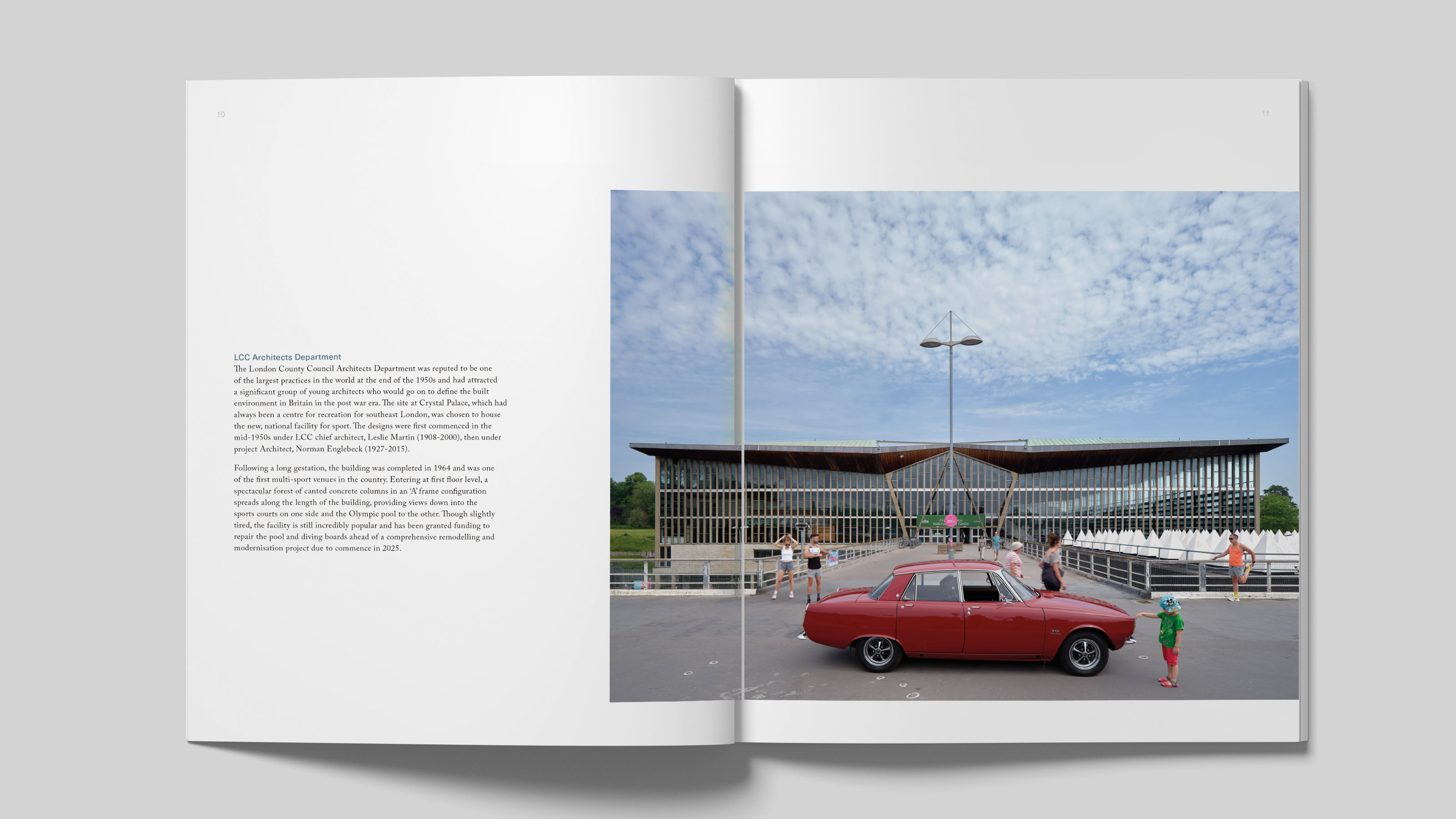
Crystal Palace National Recreation Centre, London, and the Rover P6, 1964, from A Time ⋅ A Place
Like any awards scheme, ECOTY is not without its misfires. Sometimes, the benefits of hindsight play out and what might have been a leftfield choice at the time has been vindicated by eventual cult status. Other times, the jury (made up of a rotating coterie of European automotive journalists) clearly played it safe. Whatever the outcome, the results make for a fascinating insight into whatever was deemed the cutting edge of automotive design.
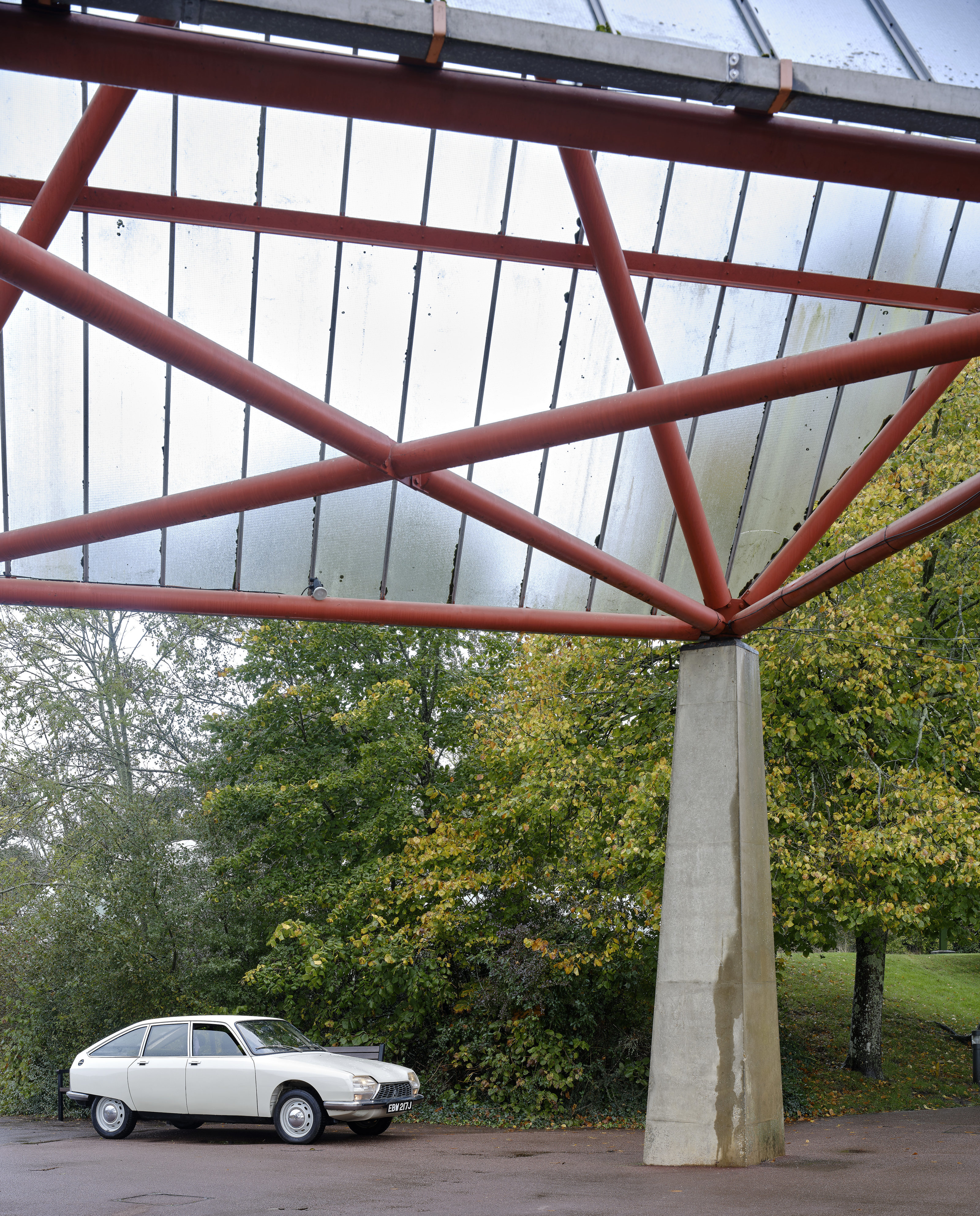
National Motor Museum, Beaulieu and the Citroën GS, designed by Robert Opron, 1971, from A Time ⋅ A Place
By pairing the results with the best of British architecture, the authors have found a winning combination. Traditionally, appreciation of architecture culture lags some way behind automotive design in the popular imagination. From the 1960s onwards, bashing modern architecture became a popular sport. By photographing familiar automotive forms alongside exemplary contemporary architecture, the authors subtly re-align our perception of modern design.
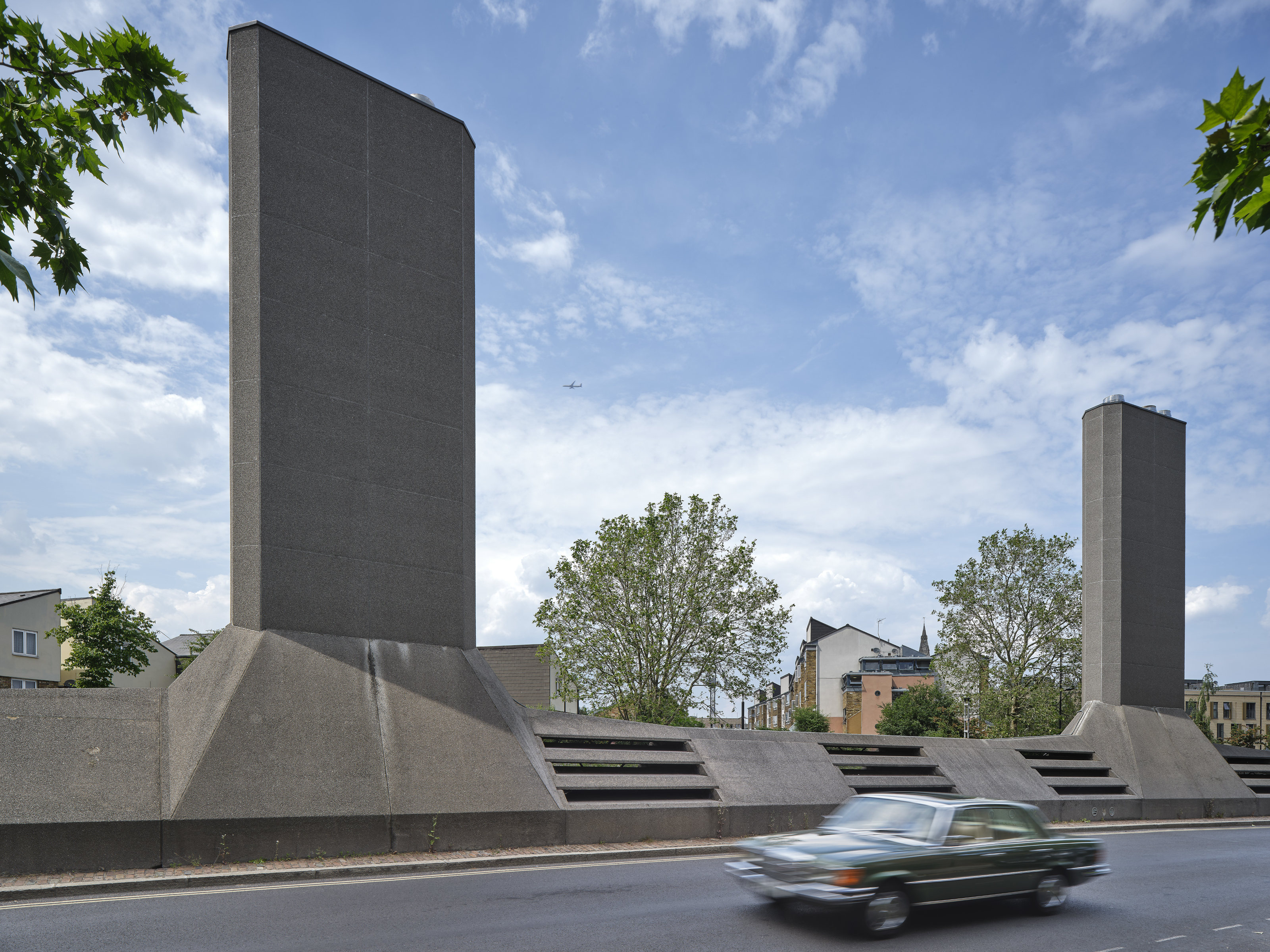
The 'Camberwell Submarine', London and the Mercedes S-Class W116, 1974, from A Time ⋅ A Place
Two years in the making, this first volume is very much a labour of love for Hopkinson and Holroyd. As the author notes, these images should also be considered against the backdrop of a broader societal reassessment of resources. When will internal combustion engines be completely phased out (making all these cars obsolete)? Should architecture from this era be retro-fitted rather than demolished? What will be the relationship between cars and architecture going forward?
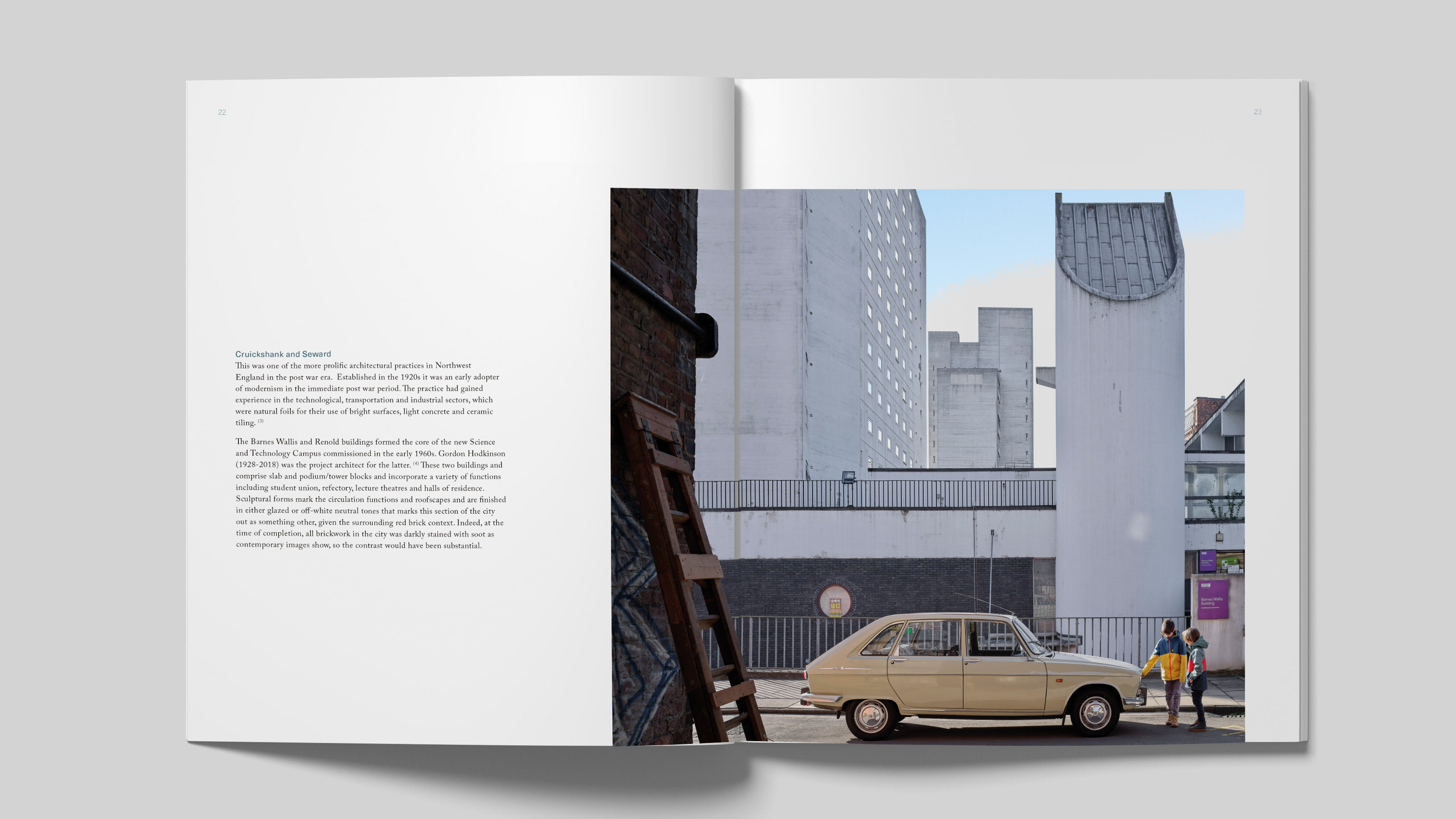
Former UMIST Campus, Manchester, and the Renault 16, 1966, from A Time ⋅ A Place
Most of the structures shown here are rightly acknowledged as classics and therefore maintained and protected. By now, all of the cars in this first volume fall into the ‘classic’ category, even if some have only recently been added to the pantheon.
Wallpaper* Newsletter
Receive our daily digest of inspiration, escapism and design stories from around the world direct to your inbox.
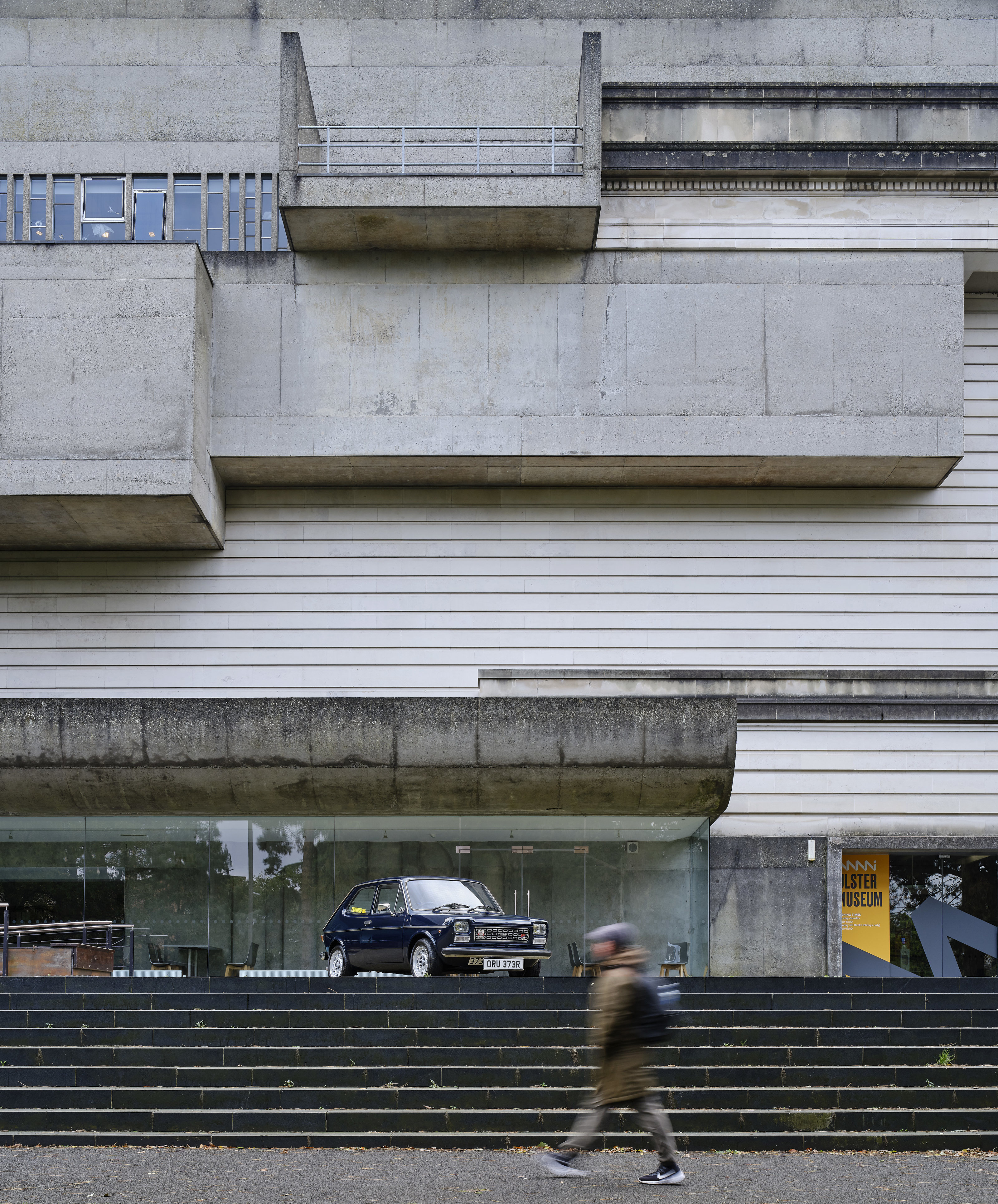
Ulster Museum, Belfast, and the Fiat 127, 1972, from A Time ⋅ A Place
‘Through the lens of time, both [cars and buildings] have become highly symbolic of their eras and hindsight will allow us to trace the roots of each design to determine how it is viewed from a 21st century perspective,’ says Holroyd, noting that over this period architecture underwent a stylistic retreat, just as car design became emboldened and more avant-garde.
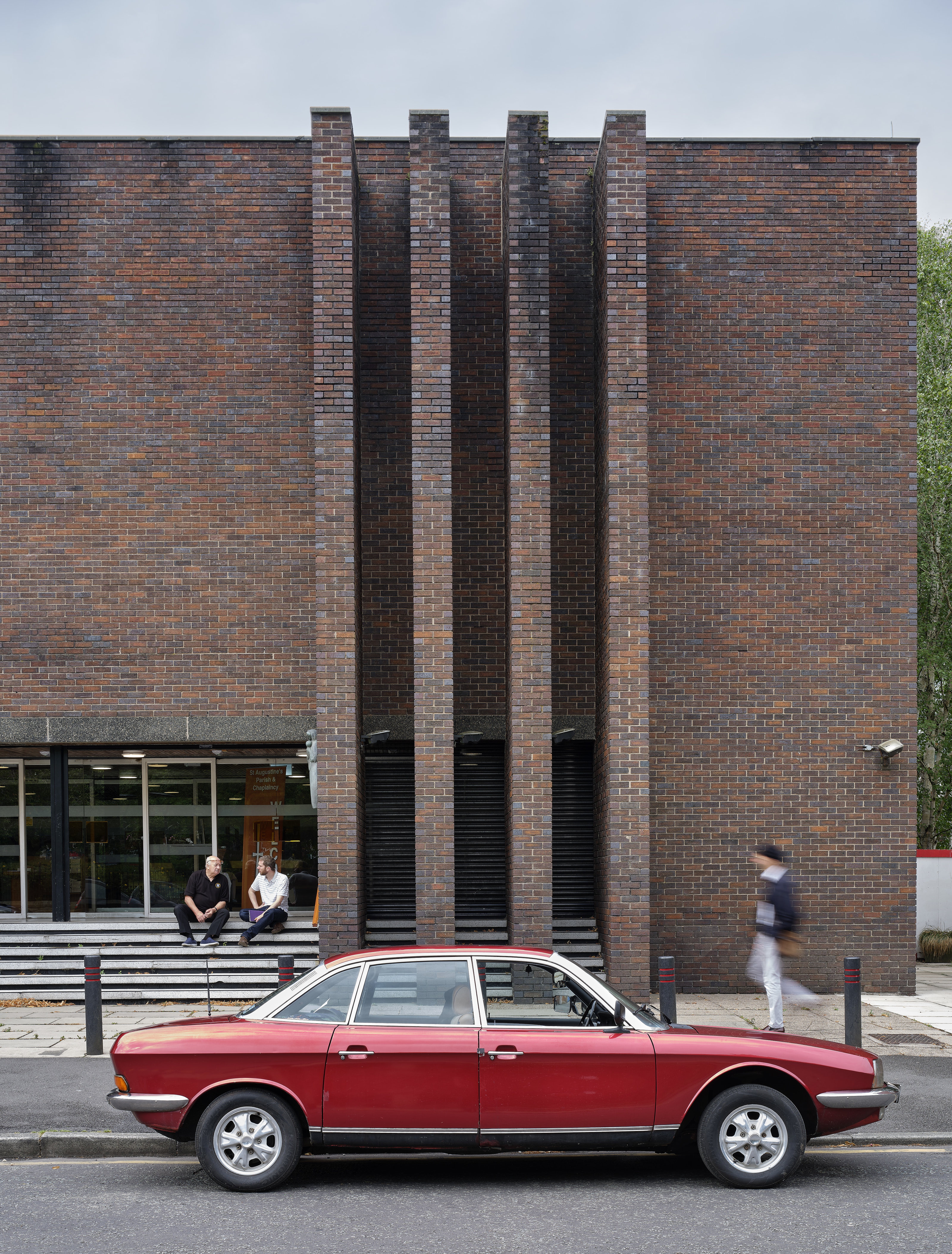
St Augustine’s R.C Chapel, Manchester, and the NSU R080, 1968, from A Time ⋅ A Place
Although A Time ⋅ A Place is struck through with the longing of nostalgia, it’s also important to realise that these are contemporary images, pictures of the world as it is now. ‘This book was partly inspired by the challenge that a new generation of architects and designers have to face in their future,’ Holroyd says. ‘As a profession, we need to revisit what we have already and make it exciting again while using the minimum number of resources.’
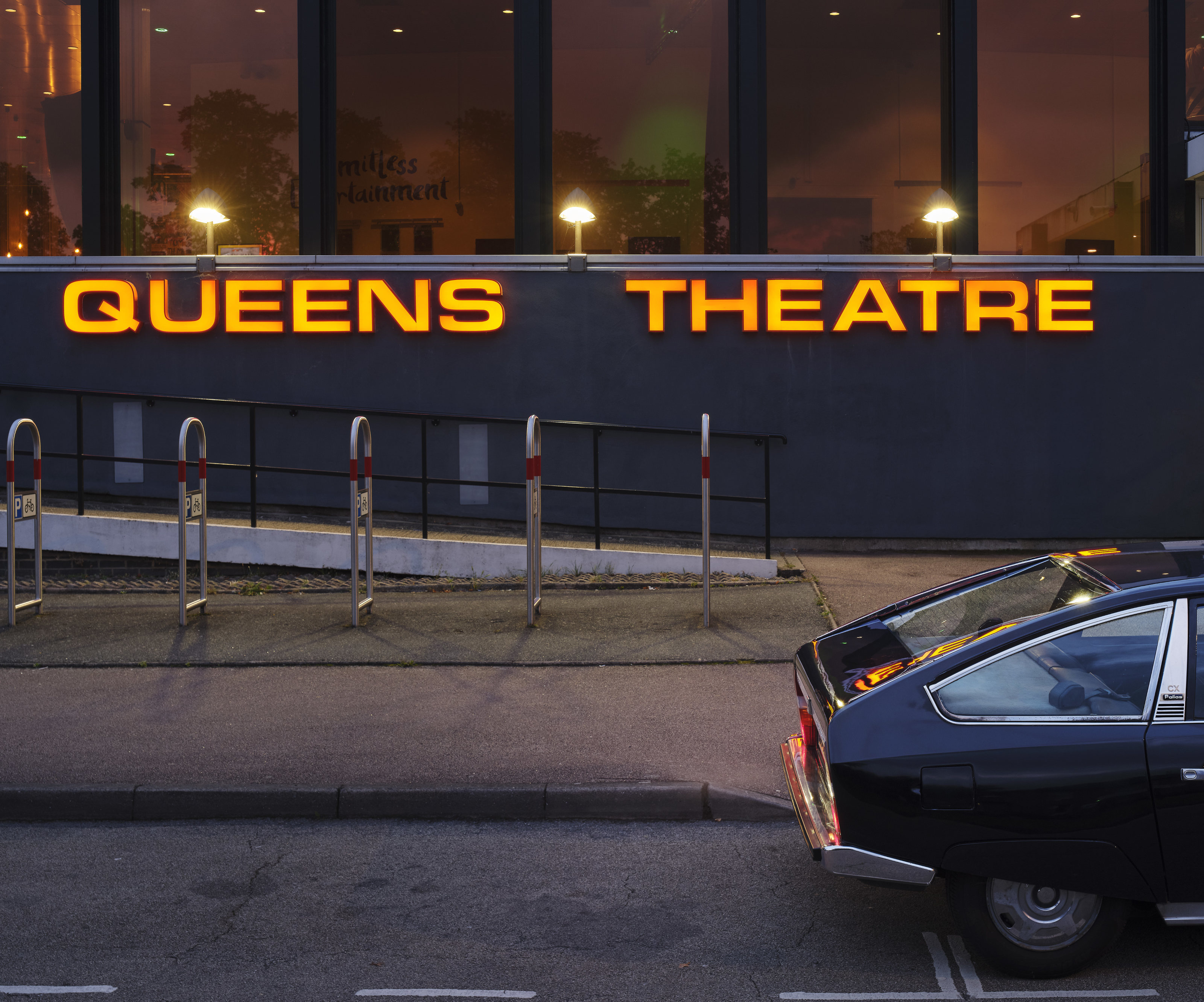
Queens Theatre, Hornchurch and the Citroën CX, 1975, from A Time ⋅ A Place
2024 marks 60 years of the ECOTY award, a period of time far longer than many buildings are designed to function for, let alone cars. Happily, this means the promise of two more volumes to look forward to, covering the periods 1983-2003 and 2004-2024 respectively. Above all, A Time ⋅ A Place shows us that by designing with care, longevity trumps novelty every time.
'A Time ⋅ A Place: An exploration of automotive and architectural design', John Piercy Holroyd, Photographs by Daniel Hopkinson (@DanHopArchitecture), £40, published by The Modernist, The-Modernist.org
Jonathan Bell has written for Wallpaper* magazine since 1999, covering everything from architecture and transport design to books, tech and graphic design. He is now the magazine’s Transport and Technology Editor. Jonathan has written and edited 15 books, including Concept Car Design, 21st Century House, and The New Modern House. He is also the host of Wallpaper’s first podcast.
-
 All-In is the Paris-based label making full-force fashion for main character dressing
All-In is the Paris-based label making full-force fashion for main character dressingPart of our monthly Uprising series, Wallpaper* meets Benjamin Barron and Bror August Vestbø of All-In, the LVMH Prize-nominated label which bases its collections on a riotous cast of characters – real and imagined
By Orla Brennan
-
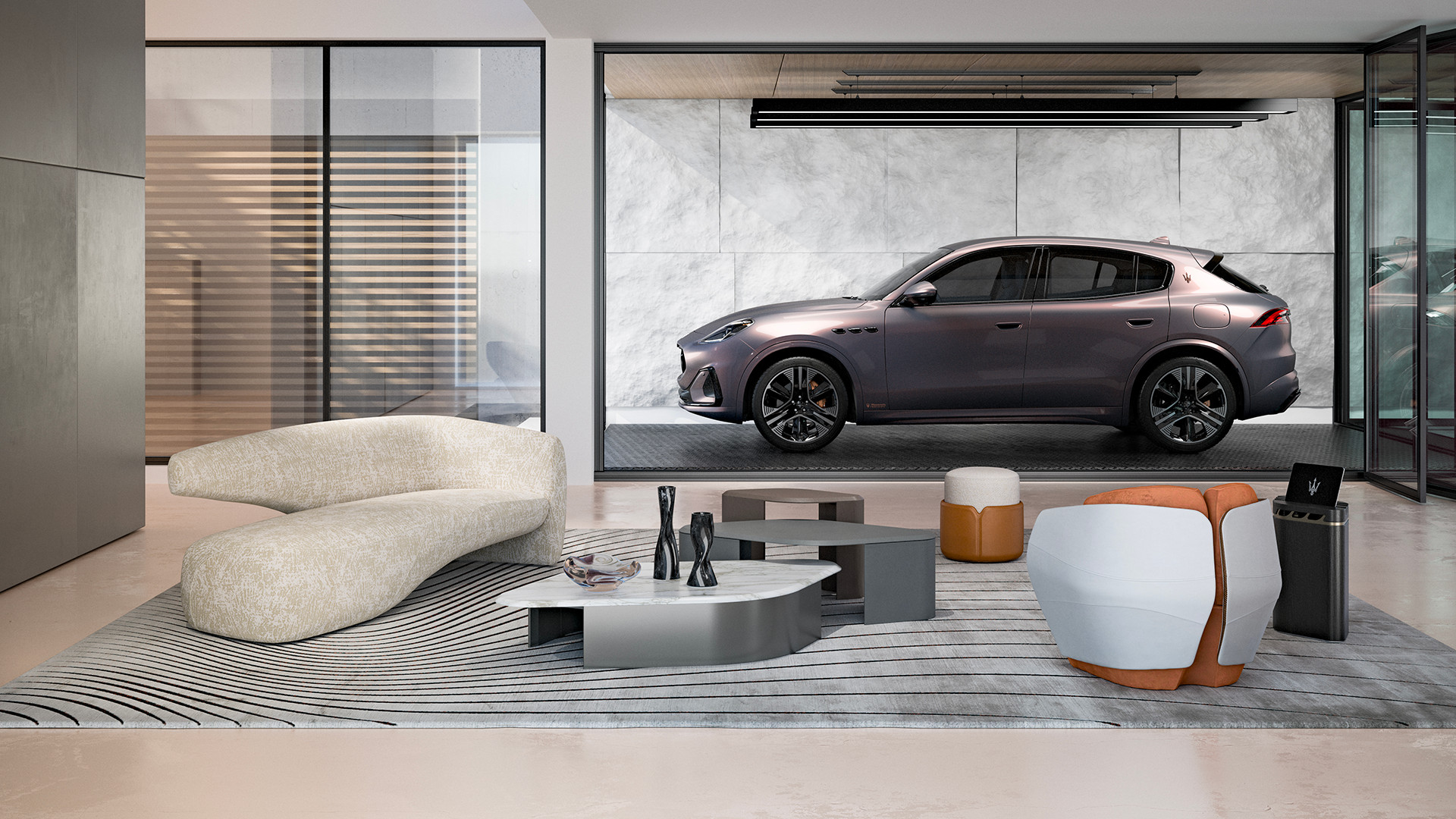 Maserati joins forces with Giorgetti for a turbo-charged relationship
Maserati joins forces with Giorgetti for a turbo-charged relationshipAnnouncing their marriage during Milan Design Week, the brands unveiled a collection, a car and a long term commitment
By Hugo Macdonald
-
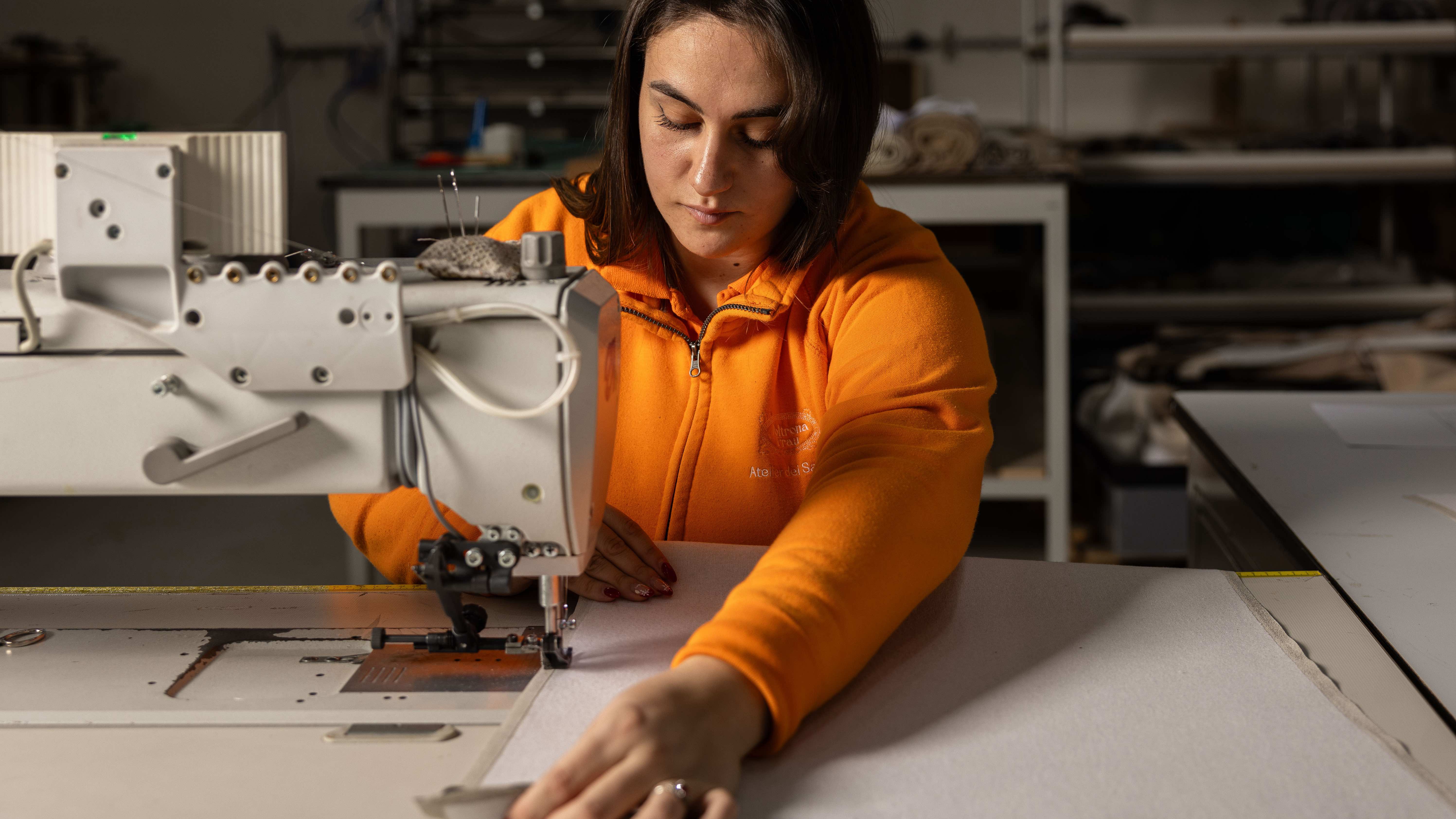 Through an innovative new training program, Poltrona Frau aims to safeguard Italian craft
Through an innovative new training program, Poltrona Frau aims to safeguard Italian craftThe heritage furniture manufacturer is training a new generation of leather artisans
By Cristina Kiran Piotti
-
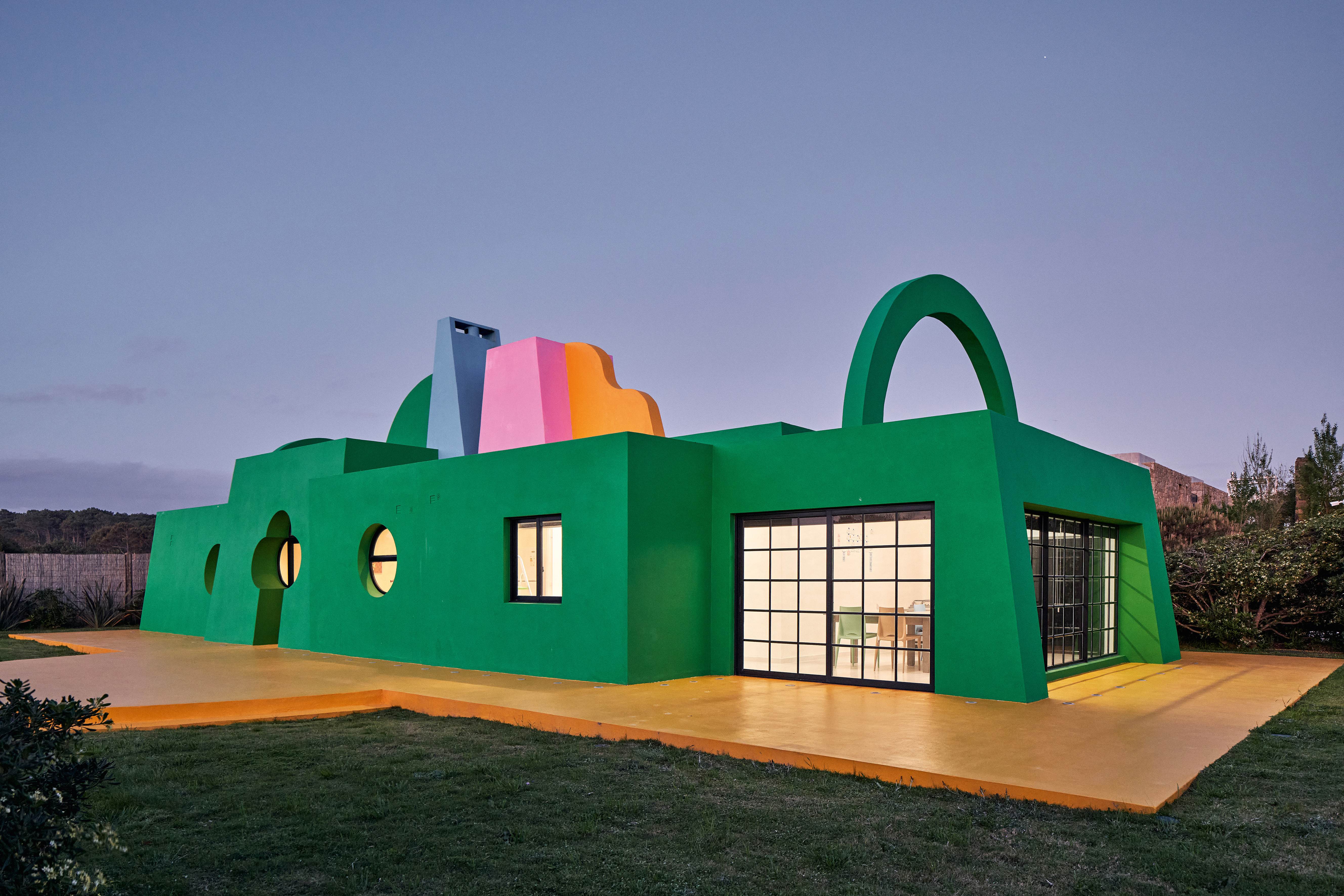 Ten contemporary homes that are pushing the boundaries of architecture
Ten contemporary homes that are pushing the boundaries of architectureA new book detailing 59 visually intriguing and technologically impressive contemporary houses shines a light on how architecture is evolving
By Anna Solomon
-
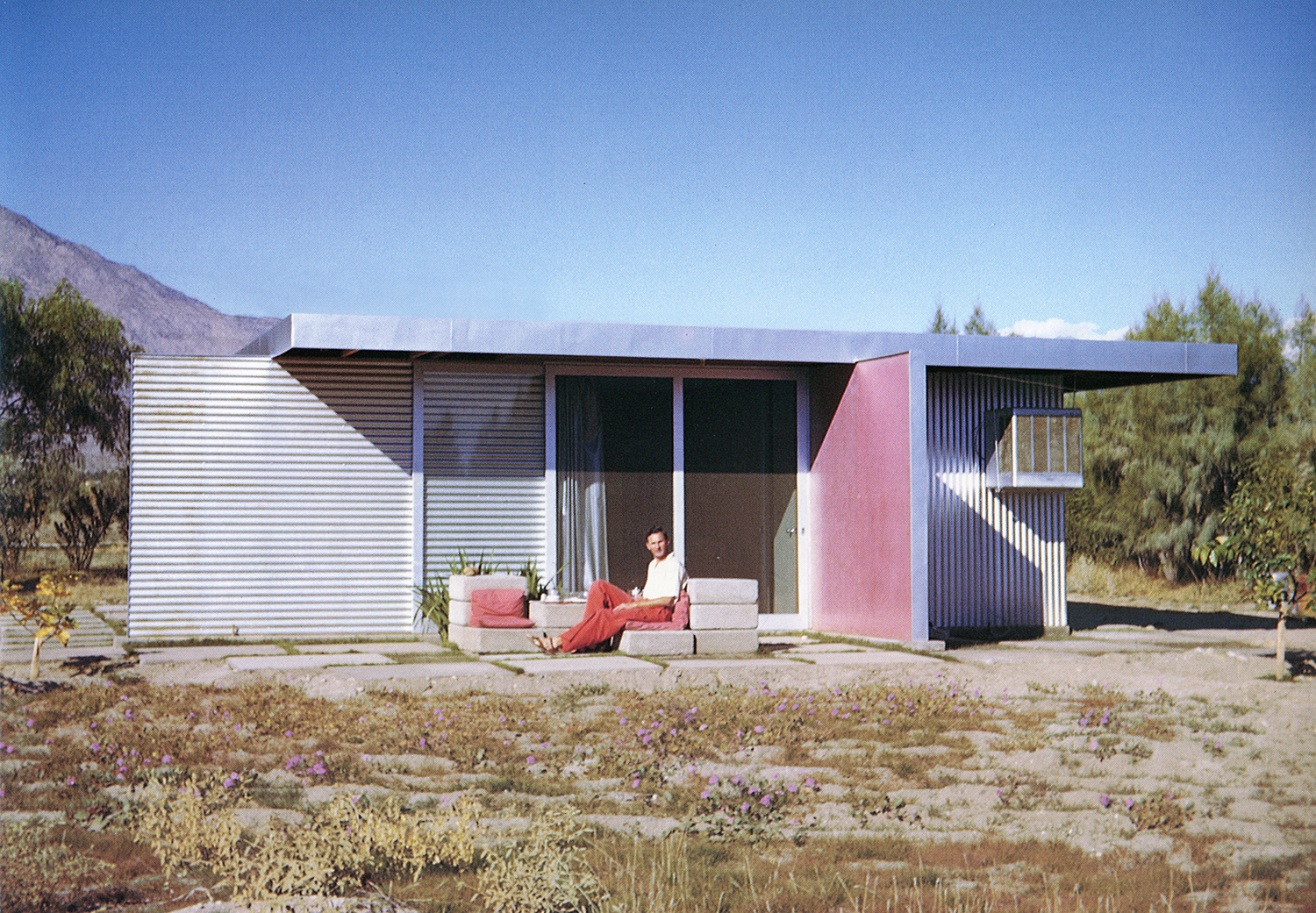 Take a deep dive into The Palm Springs School ahead of the region’s Modernism Week
Take a deep dive into The Palm Springs School ahead of the region’s Modernism WeekNew book ‘The Palm Springs School: Desert Modernism 1934-1975’ is the ultimate guide to exploring the midcentury gems of California, during Palm Springs Modernism Week 2025 and beyond
By Ellie Stathaki
-
 Meet Minnette de Silva, the trailblazing Sri Lankan modernist architect
Meet Minnette de Silva, the trailblazing Sri Lankan modernist architectSri Lankan architect Minnette de Silva is celebrated in a new book by author Anooradha Iyer Siddiq, who looks into the modernist's work at the intersection of ecology, heritage and craftsmanship
By Léa Teuscher
-
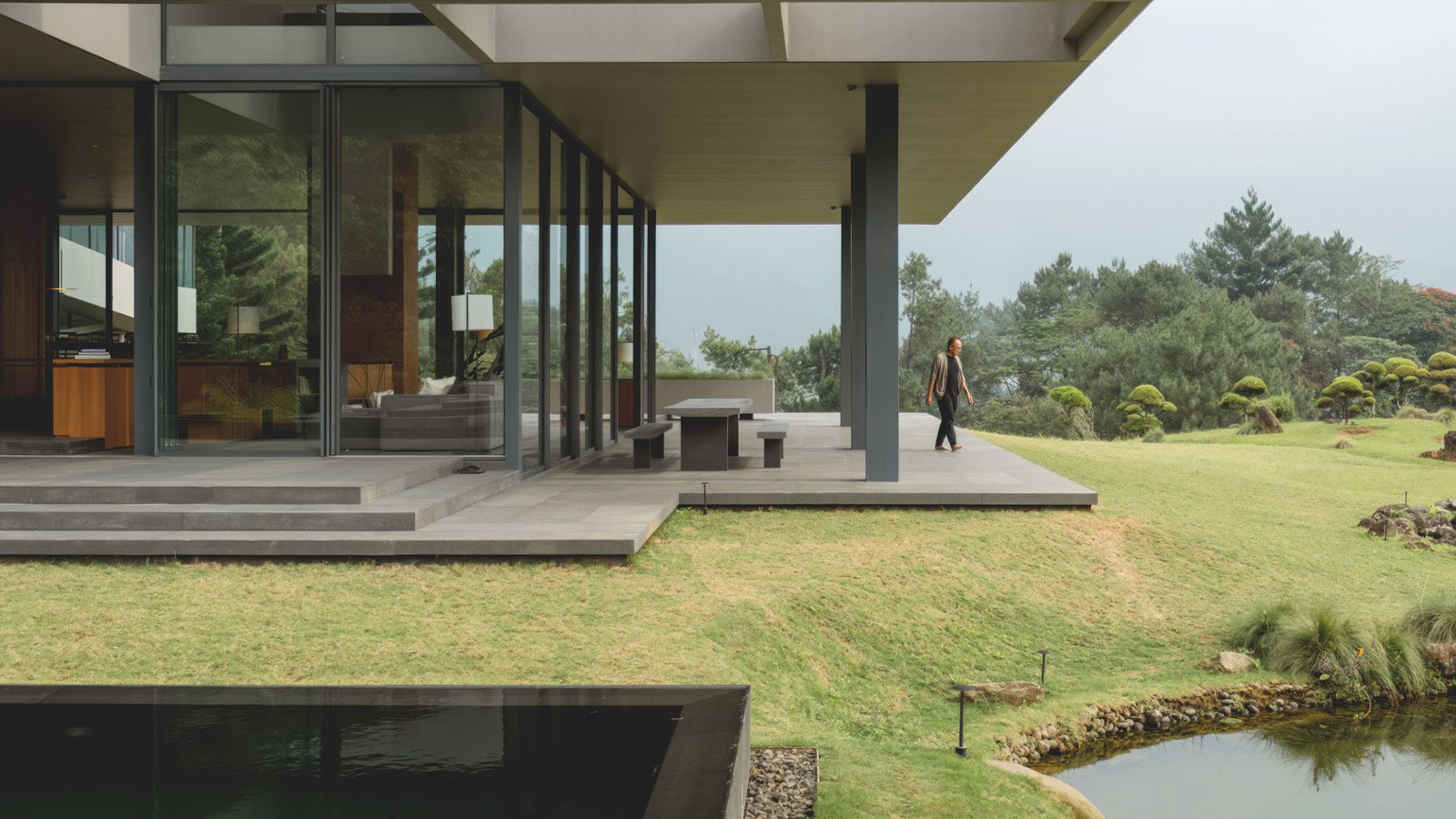 'Tropicality' explored in Indonesian architect Andra Matin’s first monograph
'Tropicality' explored in Indonesian architect Andra Matin’s first monograph'Tropicality' is a key theme in a new book on Indonesian architect Andra Matin, whose work blends landscape, architecture and living
By Harriet Thorpe
-
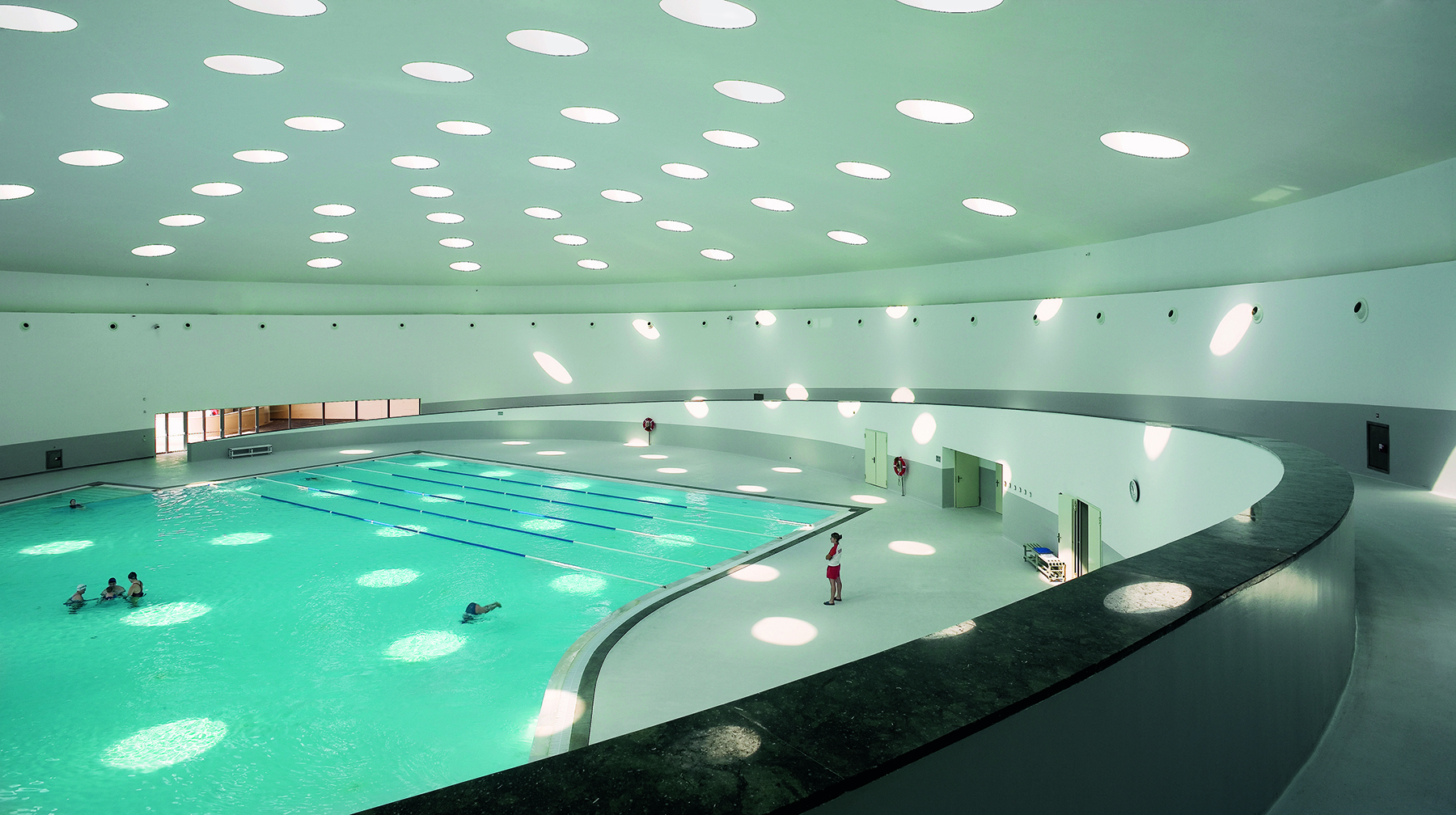 Álvaro Siza’s new monograph through the lens of Duccio Malagamba is impactful and immersive
Álvaro Siza’s new monograph through the lens of Duccio Malagamba is impactful and immersiveÁlvaro Siza and photographer Duccio Malagamba collaborate on a new monograph by Phaidon; ‘Before / After: Álvaro Siza Duccio Malagamba’ celebrates the Portuguese architect's work
By Michael Webb
-
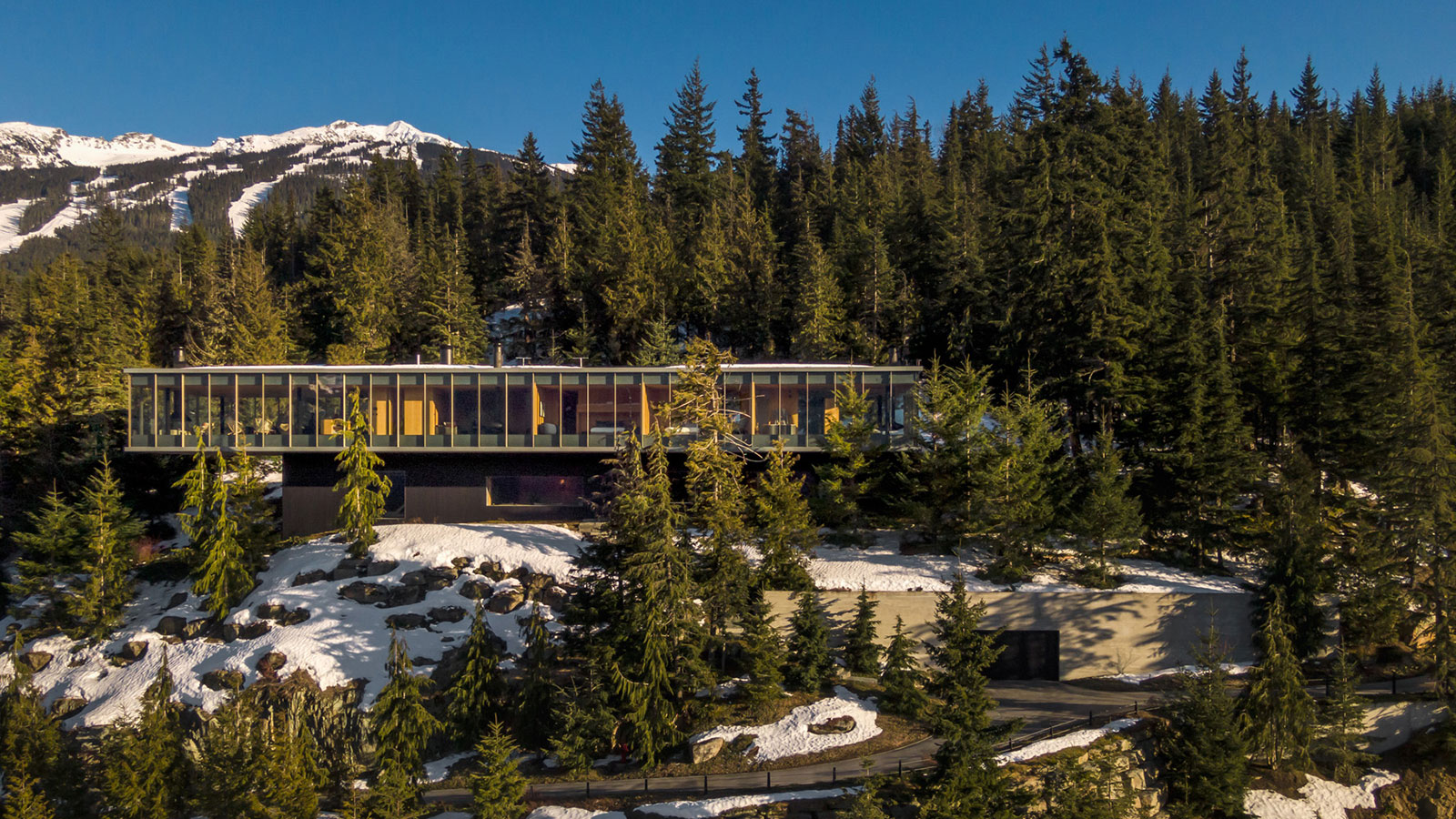 Marcio Kogan’s Studio MK27 celebrated in this new monograph from Rizzoli
Marcio Kogan’s Studio MK27 celebrated in this new monograph from Rizzoli‘The Architecture of Studio MK27. Lights, camera, action’ is a richly illustrated journey through the evolution of this famed Brazilian architecture studio
By Jonathan Bell
-
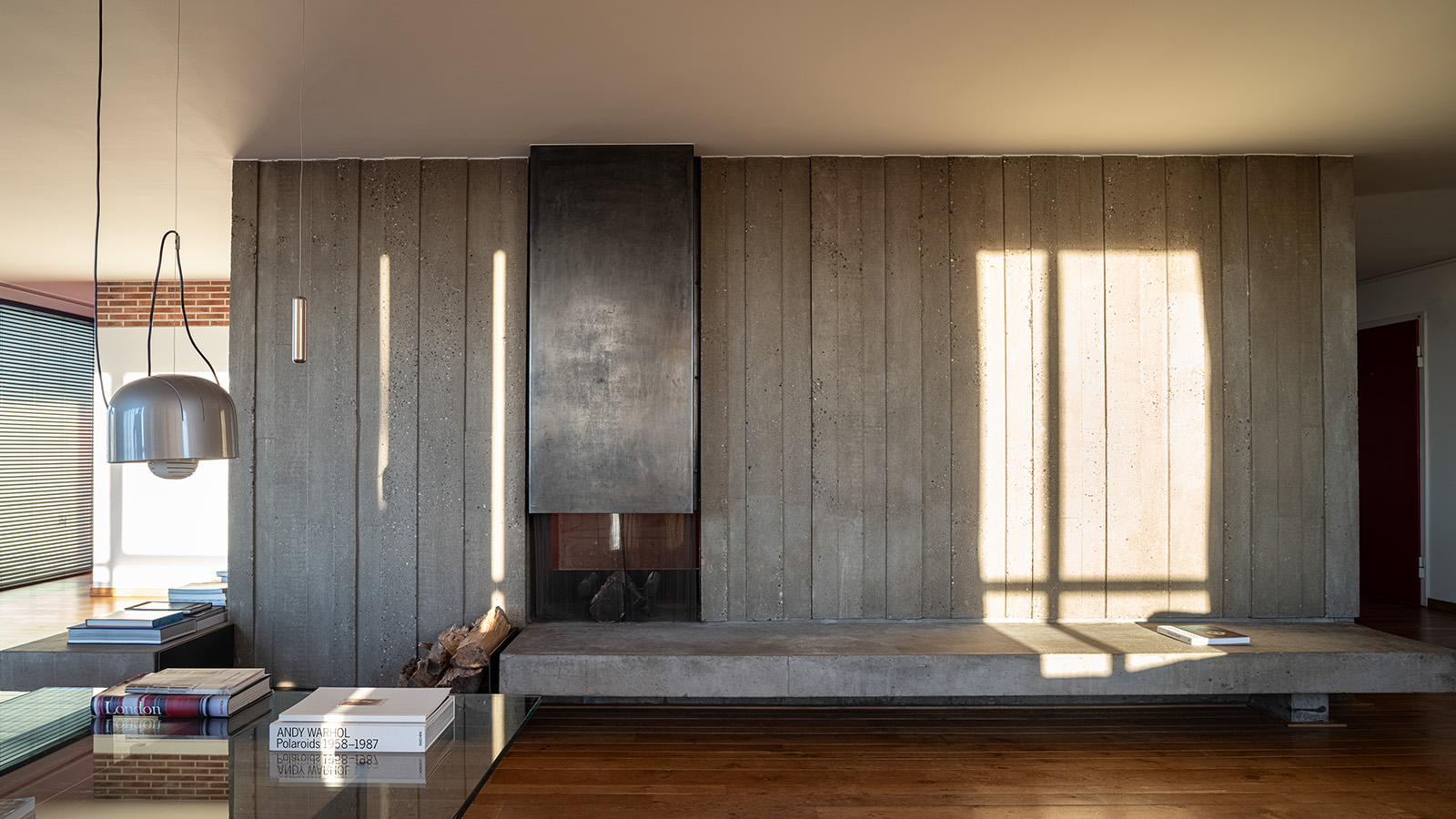 ‘Interior sculptor’ Christophe Gevers’ oeuvre is celebrated in new book
‘Interior sculptor’ Christophe Gevers’ oeuvre is celebrated in new book‘Christophe Gevers’ is a sleek monograph dedicated to the Belgian's life work as an interior architect, designer, sculptor and inventor, with unseen photography by Jean-Pierre Gabriel
By Tianna Williams
-
 Flick through ‘Brutal Wales’, a book celebrating concrete architecture
Flick through ‘Brutal Wales’, a book celebrating concrete architecture‘Brutal Wales’ book zooms into a selection of concrete Welsh architecture treasures through the lens of photographer Simon Phipps
By Ellie Stathaki